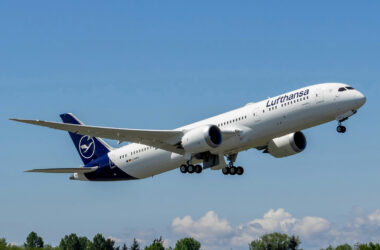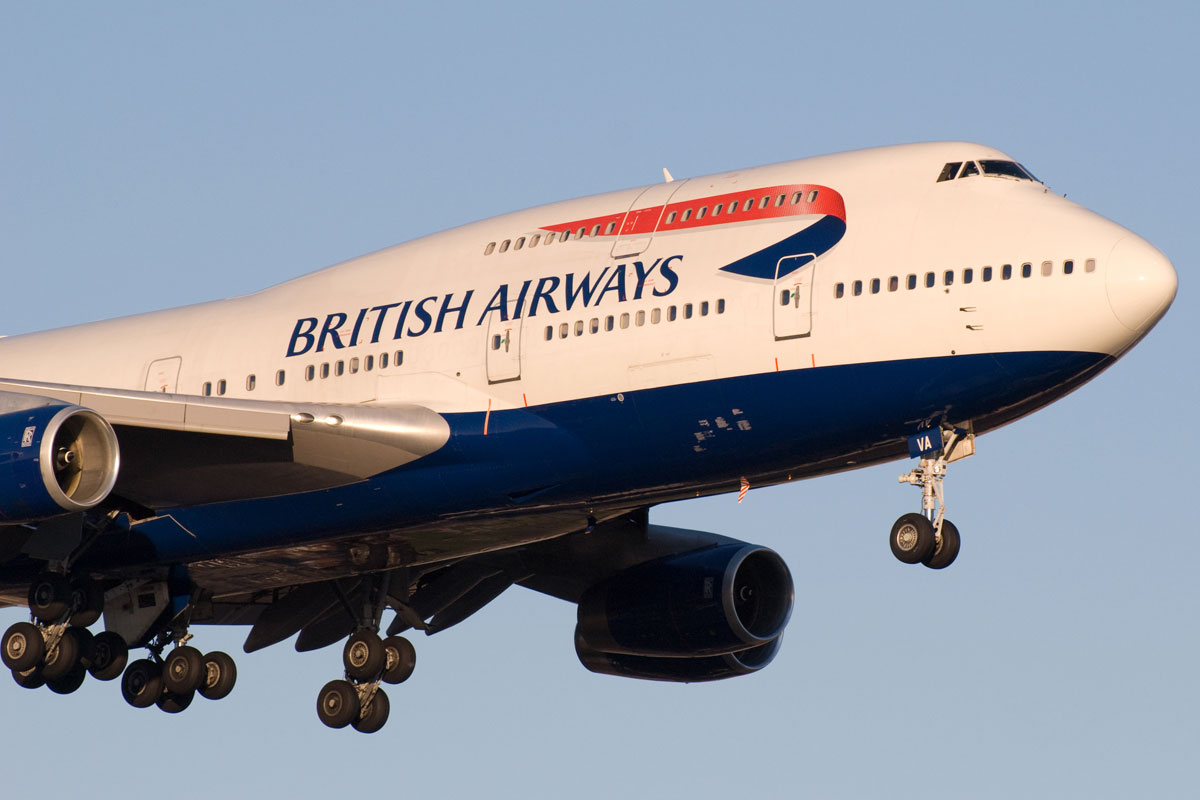CENIPA, Brazil’s aviation accident investigation agency, released on September 6th the preliminary report on the accident involving the ATR 72 of the VoePass airline that occurred on August 9th and killed all occupants.
Although it does not indicate causes, the report contains several important pieces of information about flight 2283 with the aircraft PS-VPB that took off from the city of Cascavel and was bound for Sao Paulo (Guarulhos).
Suspicions about the role of severe icing on the aircraft’s route were confirmed, as was the influence of the phenomenon on the external surfaces of the ATR 72.
Follow Air Data News: WhatsApp | Google News | Instagram | LinkedIn | Twitter | Facebook

The turboprop with 4 crew members and 58 passengers was flying at FL 170 (17,000 feet) awaiting clearance to descend when at 1:21 p.m. (local time) it lost contact with air traffic control and crashed a minute later after entering a flat spin.
CENIPA, however, noted that there was no emergency declaration or report of adverse weather conditions by the crew.
De-Icing Failure
Approximately 17 minutes after takeoff, the crew reported a “fault” message in the De-Icing system after it had been turned on and shortly after an alarm was heard in the cockpit.
For almost an hour, the Electronic Ice Detector showed a warning signal four times. Four minutes before the crash, the De-Icing system was activated for the second time, but turned off 1 minute and 26 seconds later.
One minute before the loss of total control of the ATR, the De-Icing system was turned on again. Until then, the crew had not shown any signs of problems, carrying out routine procedures to prepare for landing.

Despite this, on three occasions another safety system, Aircraft Performance Monitoring (APM), which informs pilots about situations of loss of lift in the event of ice formation, showed worrying messages.
Four minutes before the crash, the APM issued the “Cruise Speed Low” alert, which means that the indicated cruise speed was approximately 10% below the desired speed.
Less than two minutes before the loss of control, the APM showed another alert, but this time “Degraded Performance”, when the aircraft was at a speed of 184 knots.

This warning indicates a 22% to 28% degradation in flight performance caused by a significant increase in aerodynamic drag, which may be an indication of icing.
After receiving authorization to descend to FL 090 (9,000 feet), the pilots began a turn at 169 knots when the “Increase Speed” warning appeared, indicating that the aircraft is less than 10 knots above the stall condition due to icing.
In the following seconds, the ATR 72-500 lost control of the pilots and began to lose altitude rapidly, completing five flat spins before hitting the ground.
The final report will reveal the causes of the accident
CENIPA avoided making any judgments about the causes of the accident, which will only be released after the investigations are concluded and the final report is published.
The aircraft was being maintained up to date, but was flying with a set of systems turned off, which did not prevent operations, but only restricted certain situations.
The pilots had a lot of experience, with more than 5,000 flight hours each. The captain, who had previously flown jets, had more hours, but 665 of them in the ATR, while the co-pilot had already accumulated more than 3,540 hours in this type of aircraft.

Some aspects disclosed are noteworthy, however. The crew was aware of the weather conditions on the route and the aircraft was prepared to deal with icing situations, equipped with a De-Icing system and an Anti-Icing system, in addition to sensors to warn of this occurrence.
Even so, the voice recordings of the flight do not reveal that the two pilots were aware of what was about to happen so abruptly.
It will be up to the accident investigation body to understand why the VoePass ATR 72 entered an extremely icy zone and even with degraded performance, no action was taken to prevent the loss of control.
“The information available in the Preliminary Report may be updated as new factual data is obtained. Our goal is to deliver the Final Report as soon as possible, always depending on the complexity of the incident and the need to discover possible contributing factors,” said Brigadier Moreno, head of CENIPA.
The agency, linked to the Brazilian Air Force, did not set a deadline for concluding the investigations.






